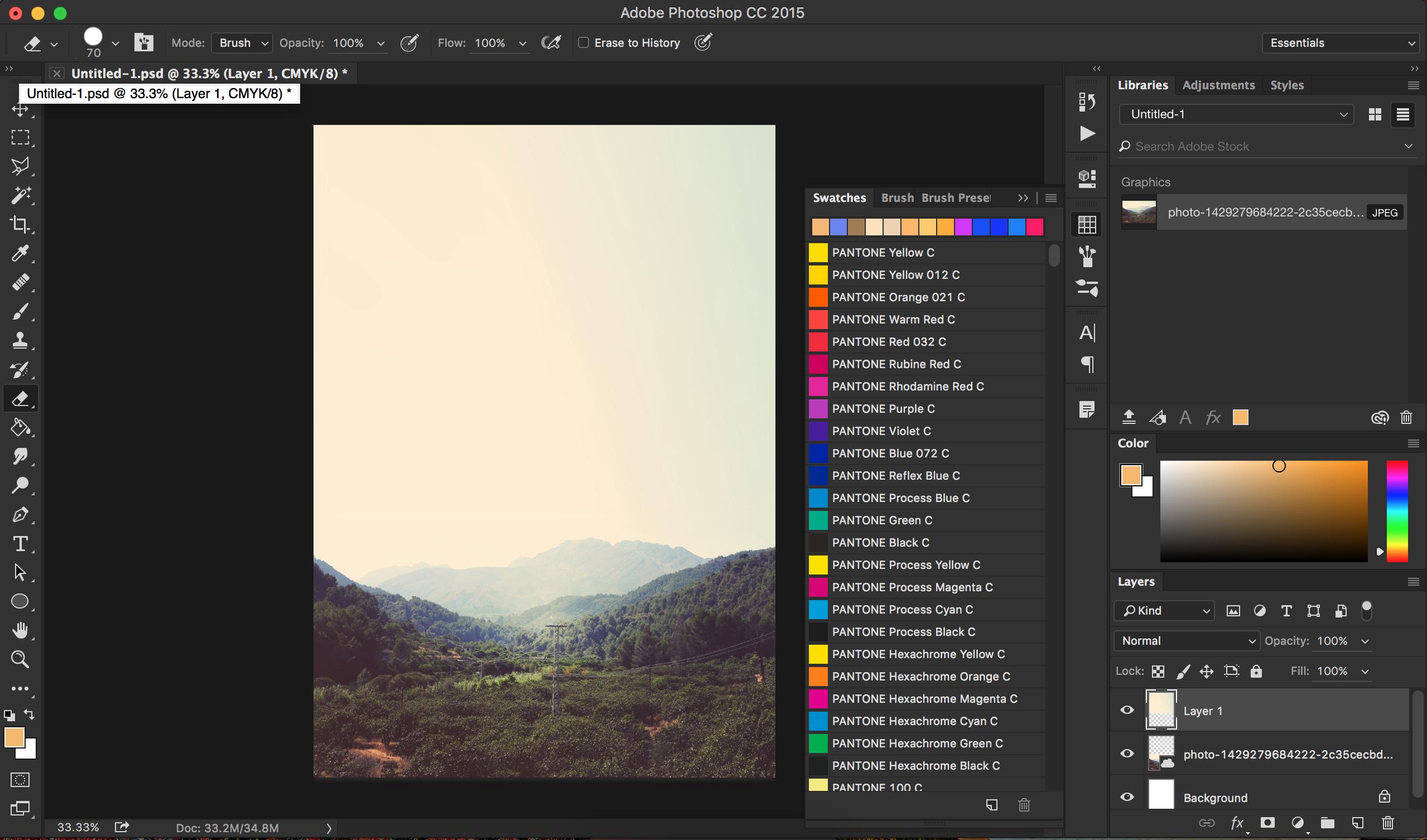


Luckily, people have been having a similar problem for decades, so modern users will be able to take advantage of the huge quantity of user-generated and official support documents, videos, and tutorials that have grown over the years.īear in mind, however, that Photoshop has been updated many times in this period and older material might be difficult to relate to if you’re using a recent version of the app. It typically takes users dozens of hours to learn how to use Photoshop and even longer to learn how to use it well. Now, harnessing these powerful features isn't an easy task. If you are specifically looking to edit photos or you regularly need to carry out a wide variety of assorted edits to images, Photoshop offers exactly the features, power, and control you’ll need.

It’s never been considered accessible and other apps have sought to take advantage of this by launching competing software offering specific Photoshop features (and the occasional app trying to recreate all of Photoshop’s features.Īs a result, for many people, the question is: do I opt for Photoshop or do I save effort and money by trying out one of the many alternatives? One thing that is undeniable: Photoshop is the photo editing and all-round image editing app par excellence. It’s paid off, as few people would deny that Photoshop is the app of reference when it comes to image editing. You can now use Control + Z (Win) / Command + Z (Mac) to undo multiple steps in your Photoshop document, just like in other Creative Cloud apps.Hands-down the best all-round image editing appĪdobe Photoshop is a powerhouse of an app and has had many years on the market to refine and improve its features.You also get a live full-resolution preview of the changes and an option to save the result to a new layer You can now choose which source pixels to use and rotate, scale, and mirror the source pixels thanks to Adobe Sensei technology. A new, dedicated Content-Aware Fill workspace provides you an interactive editing experience to achieve seamless fill results.To place an image into a frame, simply drag-and-drop an Adobe Stock asset or a libraries asset from the Libraries panel or from your local disk - the image automatically scales to fit the frame Content placed in frames is always placed as Smart Objects so that it can be scaled non-destructively.Easily mask images by placing them into frames Use the Frame Tool (K) to quickly create rectangular or elliptical placeholder frames You can also convert any shape or text into frames and fill it with images.


 0 kommentar(er)
0 kommentar(er)
